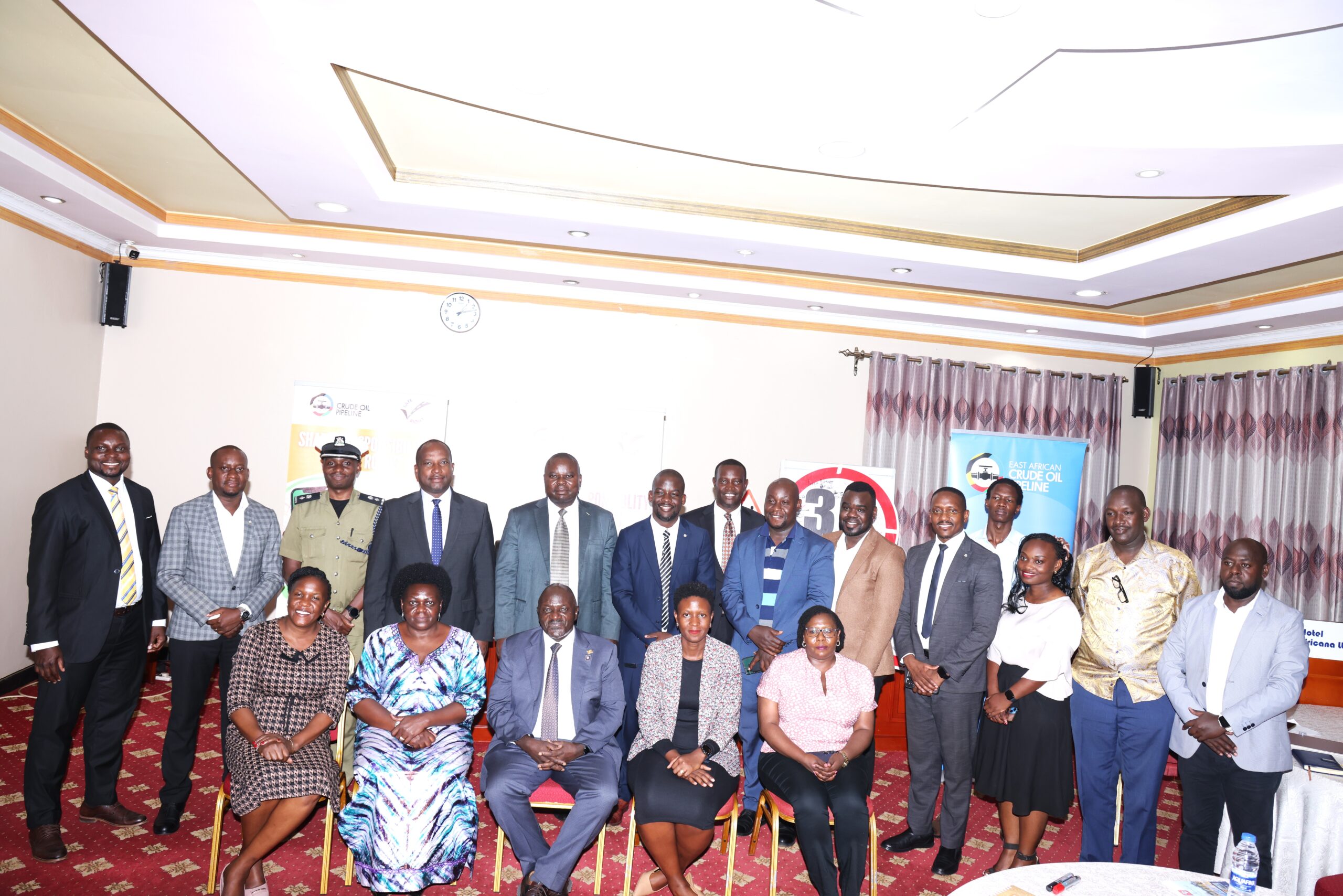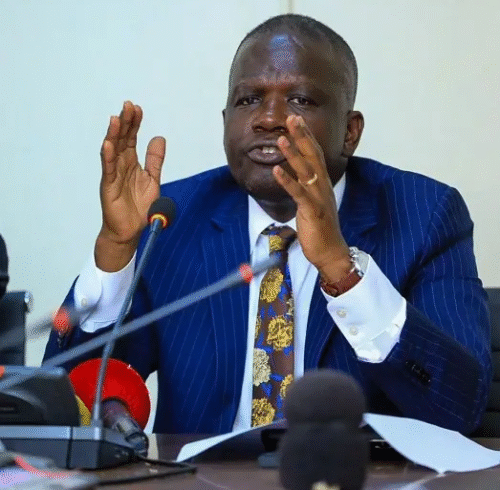
The East African Crude Oil Pipeline (EACOP) Ltd, in partnership with Safe Way Right Way Initiative Ltd, has launched the EACOP Community Road Safety Project to enhance road safety along Uganda’s 1,443 km pipeline corridor.
The project aims to cover 294 km across 10 districts, focusing on reducing road-related injuries and deaths.
Some of the districts include Kyotera, Gomba, Rakai, Lwengo, Sembabule, Mubende, Kakumiro, Hoima, Kyankwanzi, and Kikuube.
The project includes community outreach, traffic police capacity building, and road infrastructure assessments among other activities.
Representing the EACOP Managing Director, Ismail Nsereko emphasized the project’s role in the company’s broader socio-economic initiatives.
“The increased traffic and logistical activity associated with the land-scale infrastructure project present both opportunities and great responsibility. It is our duty as developers, contractors, government and communities to ensure that development does not come at the cost of human life or well-being. That is why road safety is key for people, as well as our operations”-Nsereko said
Nsereko added that the company’s shared objective is clear and that is to reduce road transportation accidents, to improve road user behaviour and ultimately save lives.
Irene Namuyiga, General Manager of Safe Way Right Way, noted that through strategic partnerships and evidence-based interventions, the company aims at cultivating safer roads and more resilient communities across the EACOP districts.
“This programme is about creating awareness for road safety but also it targets at changing behaviour of road users, not just motorists but also pedestrians, cyclists and also getting our vulnerable groups who are children or communities to understand that there is indeed increased motorisation”-Namuyiga said
She explains that increased motorisation comes with the challenge of road safety and with that we have several issues like speeding, so we now have to be aware that there could be a vehicle but also we have our motorists aware that these are communities majorly of pedestrians and cyclists. She adds that in way the motorist have to take heed in these areas and slow down as much as possible.
How do we do this? We advocate for reduced speeds for example in areas where there’s been 80 kilometres per hour we’re going to advocate for reduced speeds in urban areas probably go to as low as 30 kilometres and in areas that have school zones or approaching to school zones we begin to reduce the speeds from 80 to 50 then so that we are able to protect people’s lives in those areas as they enjoy the road spaces-Namuyiga further explained
The projects biggest target group will be the motorcyclists or the border fraternity basically because there are 46 % of the motorcyclists succumbing to fatalities from road traffic crashes, according to Namuyiga.
Minister for Works and Transport, Gen. Edward Katumba Wamala, praised the initiative as a vital step amid Uganda’s growing road network, noting that road safety is key to development success.
Applauding the two companies for taking this bold step to ensure that you make solar roads safer, Katumba said that government welcomes this effort, because road safety is central to the success of all development projects.
“EACOP would have said mine is about the oil after all, after-all my oil is going through the pipeline, it is heated; it has nothing to do with the road crashes. You didn’t do that, you said you are ready to ensure safety on the roads. The development of access roads, the strengthening of logistical networks and the modernization of transport corridors are not simply byproducts of the pipeline, but they are delivering efforts of creating and building lasting functions of regional growth”-Katumba noted.




